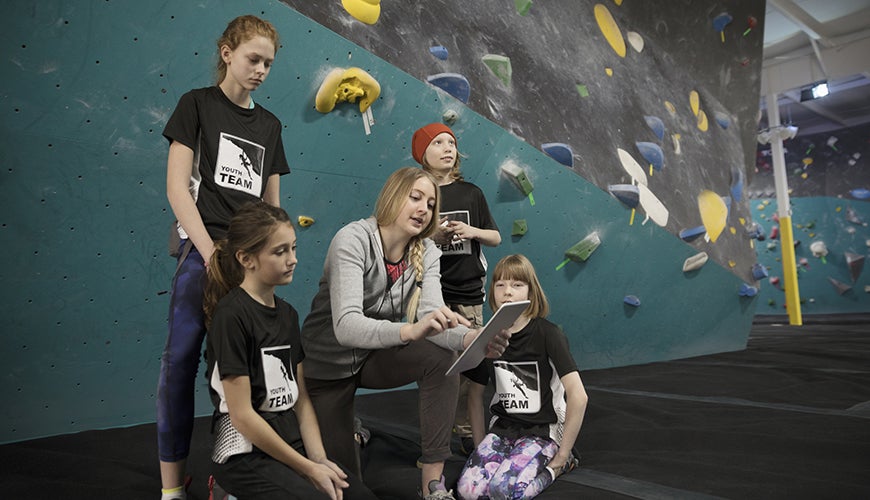Understanding the National Principles for Child Safe Organisations

All children and young people have the right to be safe and cared for.
Most children and young people feel safe and protected – at home, in their neighbourhood, at school, in church, at the doctor or at their local sports club or youth group.
But some children and young people don’t feel safe. They might feel hurt, afraid, uncomfortable, anxious or confused. They might not feel they will be believed or listened to by the adults in charge.
People who work with children and young people should understand their rights and needs. They should treat children and young people fairly and with respect, and make sure that children and young people can have a say about the things that affect them. Physical and online spaces need to be safe, so that children and young people can’t be hurt or bullied. And it is important that children and young people are able to speak up if they are feeling unsafe or worried.
These things are so important that the Australian Government asked the inaugural National Children’s Commissioner to lead the development of National Principles for Child Safe Organisations.
The National Principles aim to make sure that all organisations working with children and young people in Australia - like schools, childcare centres, churches, sports clubs and others - keep children and young people safe and well.
There are ten National Principles, explained in full in the National Principles for Child Safe Organisations document. In child-friendly language, the ten National Principles say this:
- All people in the organisation care about children and young people’s safety and wellbeing, and make sure they act that way.
- Children and young people are told about their human rights, have a say in decisions and are taken seriously.
- Families and communities know about and are involved in the organisation's child and safety and wellbeing activities.
- Everyone is treated with dignity, respect and fairness.
- People working with children and young people are suitable and are taught how to keep children safe and well.
- Children, young people, families, staff and volunteers are listened to and can share problems and concerns.
- Staff and volunteers keep learning all the time so they know how to keep children and young people safe and well.
- Children and young people are safe in online and physical spaces.
- The organisation keeps reviewing and improving its child safety and wellbeing practices.
- The organisation writes down how it keeps children and young people safe and well, and makes sure that everyone can see it.
